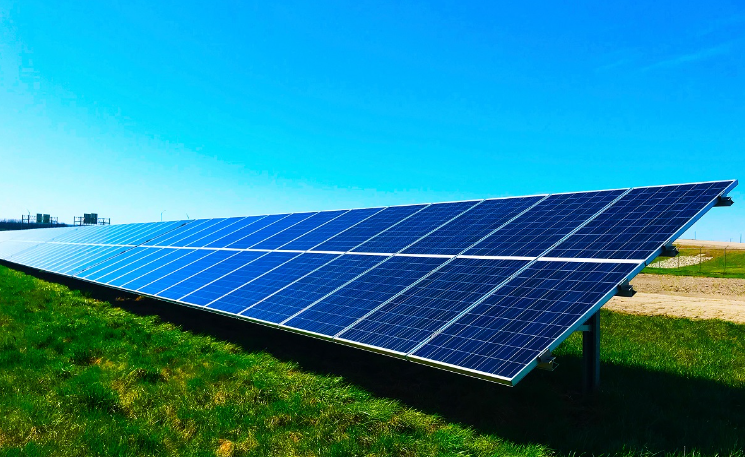Hortense Bioy: In the context of investing, greenwashing is making un-substantiated or misleading claims about the sustainability characteristics and benefits of an investment product.
Greenwashing comes in a variety of shades and intentions, and I think it’s worth distinguishing between two types of greenwashing:
There is intentional greenwashing, which is when asset managers over-claim and over-sell what they’re actually providing. And this type of greenwashing is clearly problematic, and corrosive to long-term trust and credibility.
And there is another form of greenwashing that often comes down to an expectations gap between investors and asset managers. So, here, there is no real intention from the asset manager to over-state the green characteristics of a product, but the investor expects more – because there is no common definition of “green”, the investor has a certain idea of what green should look like- without realising sometimes that it is not practical or in his best interest.
Now, both types of greenwashing can be largely addressed through disclosure and investor education. Asset managers need to be upfront about what’s green or sustainable about their products and report on the ESG characteristics of their products. Companies must do the same and also be transparent about their business practices.
At the investor-level, greenwashing is a problem because the investor could be disappointed or feel cheated - because they have their own idea of what green is, and when they look at their portfolios and the actual holdings, they see companies that that they didn’t expect to see, for example fossil fuel companies.
Greenwashing is also a problem for the planet and society if money is not flowing into activities that are necessary to solve environmental issues like climate change, and social issues, like rising inequalities, for example.
To spot greenwashing and avoid it, due diligence is key. First, an investor needs to look beyond a fund’s name or label and understand what the fund’s objective is: What does the fund aim to do? Is it a fund that aims to invest in companies with lower ESG risk? Does it aim to invest in companies that offer solutions to the world’s biggest challenges? Does the fund claim to have some sort of impact?
Then, the fund’s claims need to be tested. An investor needs to look under the hood, look at the fund’s holdings and their ESG characteristics. Many funds with a climate theme don’t actually invest only in green companies. They may invest in so-called “transition” companies. These are companies that today don’t necessarily have good green credentials, they may even have exposure to fossil fuels, but these companies have the intention and plans to improve their environmental profile. An investor must feel comfortable with this type of companies.
Morningstar and other organisations provide ESG metrics and ratings that enable investors to assess the sustainability profile of investment products. The key is to find the right data points. Often, an investor will have to use a combination of metrics to get the complete picture, and make sure the investment aligns with his sustainability or green preferences and his financial objectives.







:quality(80)/cloudfront-us-east-1.images.arcpublishing.com/morningstar/6BCTH5O2DVGYHBA4UDPCFNXA7M.png)












